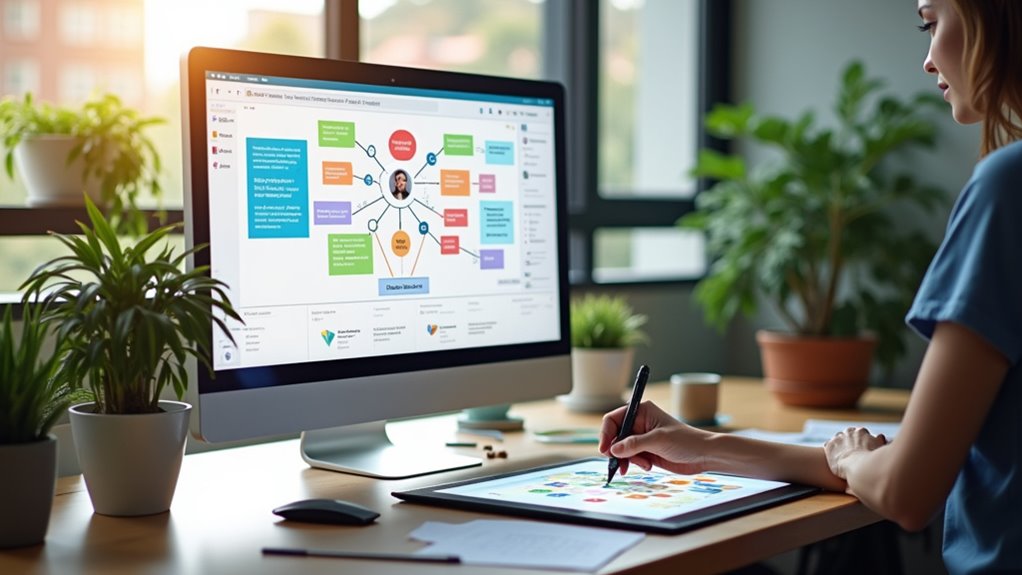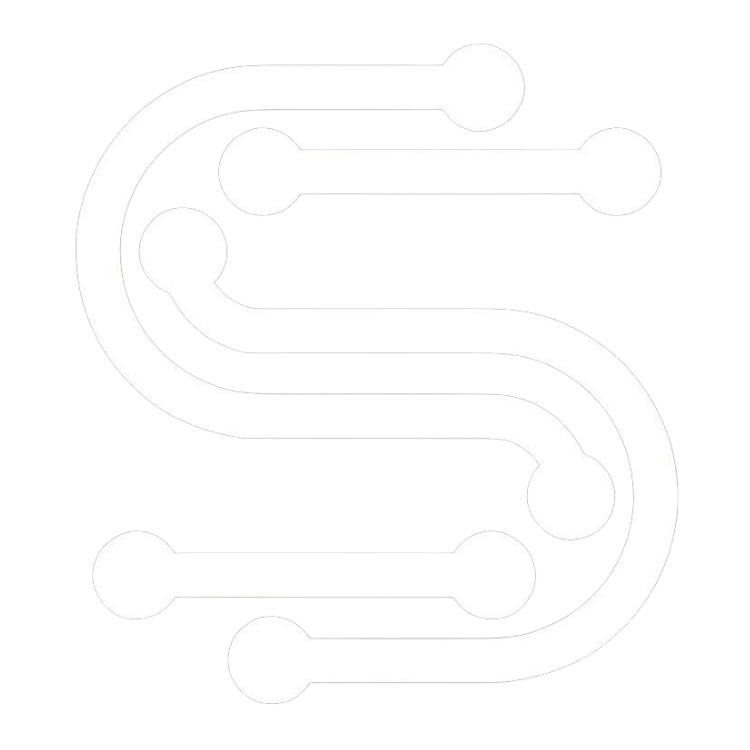Building your own AI chatbot involves five essential steps: Initially, define your chatbot's specific purpose and target audience. Next, select an appropriate development platform that matches your technical skills and project needs. Then, map out your conversation flows and decision trees. After that, train your AI model with relevant data and content. Ultimately, conduct thorough testing before deployment. The following detailed breakdown will equip you with the precise knowledge to create your customized chatbot solution.
Define Your Chatbot's Purpose and Scope

Before diving into development, clearly defining your chatbot's purpose and scope is a crucial initial step that shapes all subsequent decisions. You'll need to determine exactly what problems your chatbot will solve and establish specific boundaries for its capabilities.
Start by identifying your target audience and analyzing their core needs. Consider whether your chatbot will handle customer service inquiries, provide product recommendations, or assist with technical support. Define measurable objectives, such as reducing response times or handling specific query types.
Document your chatbot's functional limits: what tasks it will perform and, significantly, what it won't do. Create a list of primary use cases and establish clear parameters for user interactions. This framework helps prevent scope creep and guarantees your development efforts remain focused on delivering meaningful value to users.
Choose the Right Development Platform
Once you've established your chatbot's purpose, selecting an appropriate development platform becomes critical to your project's success. Your choice should align with your technical expertise and project requirements.
| Platform Type | Key Features |
|---|---|
| No-Code | Visual builders, templates |
| Low-Code | Basic scripting, APIs |
| Framework-Based | Custom development, flexibility |
| Cloud Services | Managed infrastructure, scaling |
Evaluate development tools based on essential platform features like natural language processing capabilities, integration options, and deployment flexibility. Consider factors such as hosting requirements, scalability needs, and available support resources. If you're new to chatbot development, platforms with visual builders and pre-built templates might be ideal. For complex applications, framework-based solutions offer greater control but require more technical expertise.
Design Your Chatbot's Conversation Flow

The conversation flow design forms the backbone of your chatbot's interactions with users. To create an effective conversation design, you'll need to map out the diverse paths users might take when engaging with your chatbot.
- Start by identifying your chatbot's primary use cases and map out the main conversation paths that align with your users' goals
- Create decision trees that outline the logical flow of interactions, including user inputs, bot responses, and potential branching scenarios
- Design fallback responses for when your chatbot doesn't understand user input, ensuring a smooth user experience even during errors
- Test your conversation flows extensively with real users, gathering feedback to refine the dialogue patterns and natural language processing capabilities
Remember to maintain consistency in your chatbot's tone and personality throughout all interaction paths.
Train Your AI Model and Add Content
Training your AI model represents an essential phase in chatbot development, where you'll feed relevant data and content to shape its responses and behavior. Through strategic content curation, you'll need to compile high-quality datasets that align with your chatbot's purpose.
| Training Aspect | Implementation |
|---|---|
| Data Selection | Choose domain-specific content |
| Data Cleaning | Remove irrelevant information |
| Data Format | Convert to training-ready format |
| Model Testing | Validate response accuracy |
| Model Enhancement | Fine-tune parameters |
Focus on model enhancement by adjusting parameters and testing different scenarios. You'll want to continuously refine your chatbot's responses through iterative training cycles. Remember to validate your model's performance against real-world scenarios and user interactions to guarantee superior functionality and accurate responses.
Test and Deploy Your Chatbot

After completing the training phase, it's crucial to thoroughly test your chatbot before deploying it to production. Implement extensive testing strategies to guarantee your chatbot performs as intended and delivers value to users.
- Start with unit testing to verify individual components and responses, checking for accuracy and appropriate handling of different user inputs
- Conduct integration testing to confirm all systems work together seamlessly, including APIs, databases, and external services
- Perform user acceptance testing with a small group to gather feedback on conversation flow, response quality, and general user experience
- Select suitable deployment methods based on your requirements – cloud platforms like AWS, Azure, or Google Cloud for scalability, or self-hosted solutions for more control
Once testing confirms your chatbot's reliability, deploy it using your chosen infrastructure and monitor its performance.
